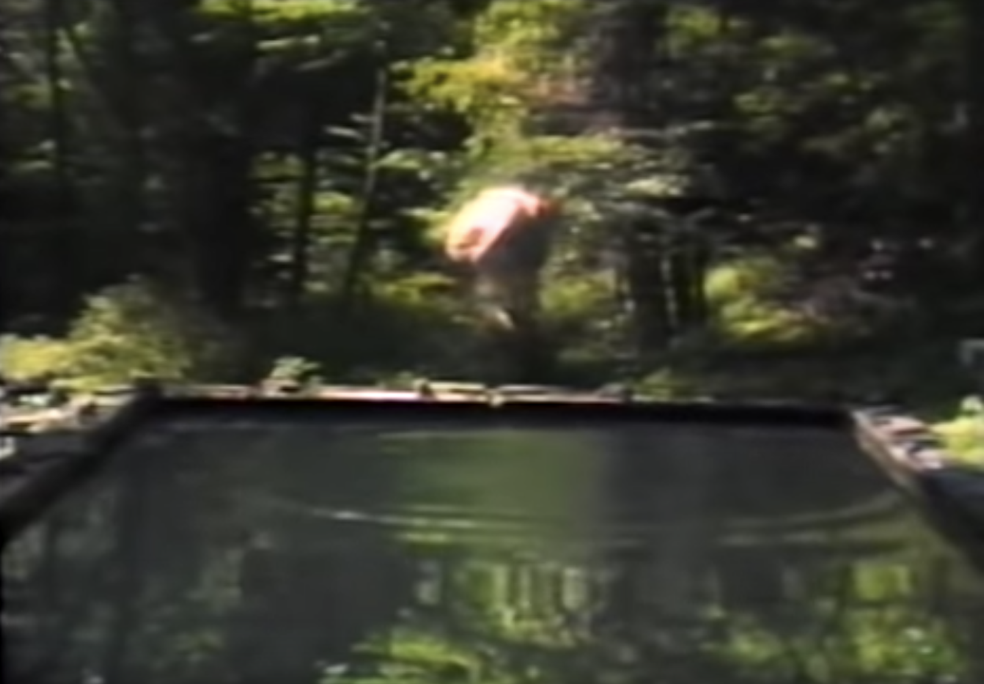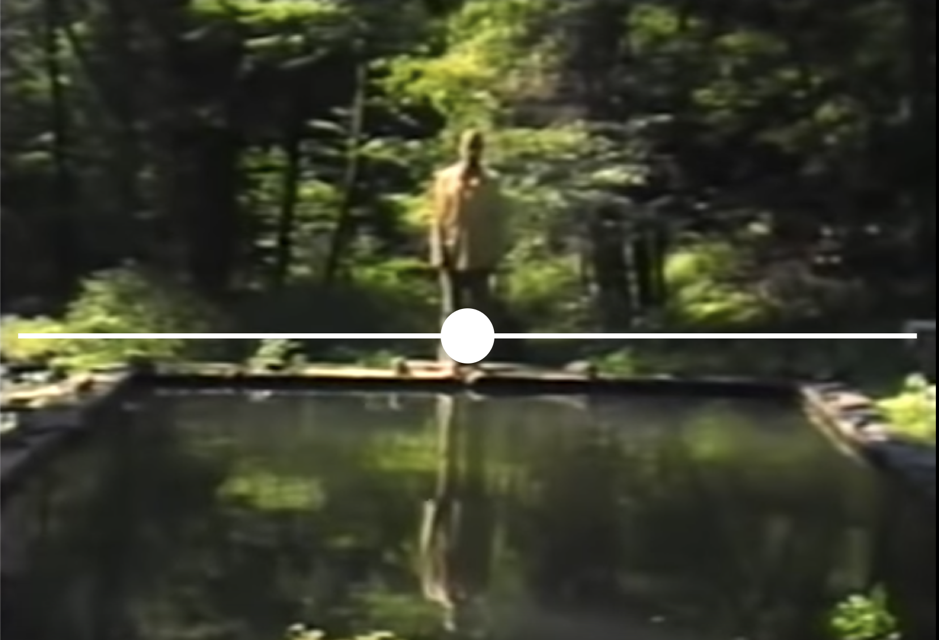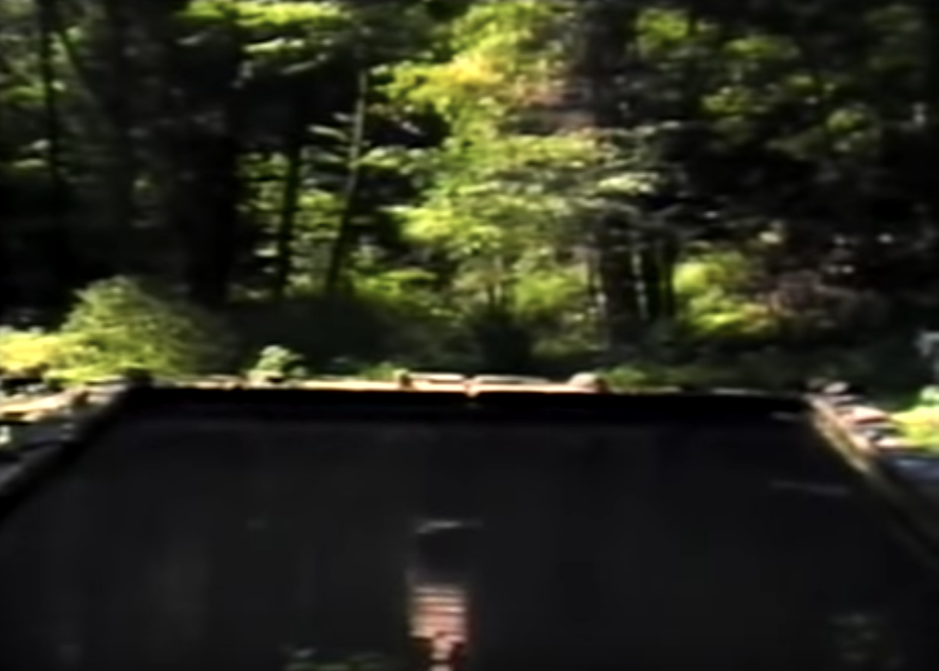Throughout his career as a video artist, Bill Viola has created numerous single-channel videos and installations focused on exploring viewers’ inner spirituality and influencing deep levels of consciousness. His work has been deeply affected by the scholarly studies of Western and Eastern art, religion, and philosophy. While Viola’s current use of advanced technologies is an important part of his work, his early and most notable example will be under analysis.
The Reflecting Pool (released in 1979) is a complex yet simple piece that was exhibited in numerous art galleries around the globe (“The reflecting pool: Collected Works,” n.d.). Despite prompting such feelings as confusion, disturbance, and peacefulness all at the same time, such integral themes as birth, baptism, memory, and time are at the core of the piece.
Content
The subject of The Reflecting Pool is a series of videos that include static, motion, and stop-motion shots showing a water pool located somewhere in a forest. The viewer is greeted by peaceful sounds of the water and the pool waters reflecting the trees (Hegarty, 2014). After some time, a man walks into the frame and begins standing still, looking into the waters. Suddenly, the man jumps upward to take a fetus position, with his pose frozen while the rest of the video remains in movement (Figure 1).
The pool reflects some time passing by, with images inside it shifting, even showing the moon and reflections of people who are nowhere to be found. The video ends with a man jumping out of the peaceful pool and leaving the shot.

Composition, Focus, and Framing
The video is framed in such a way as to create a balance between the shot of the pool and the shot of the forest. The green color dominates the frame, which shows that the author intentionally avoided showing the sky, which would have created an imbalance in the framing. The composition is symmetrical, with the pool occupying half of the shot in the bottom and the forest occupying the top part of the frame. This balance is purposefully maintained even with the arrival of a man (Figure 2). Given that the video was initially released in 1979 and took two years before that to produce, the quality is on a low level, which makes it hard to identify how the video is focused. The pool in the video appears the sharpest while the forest is out of focus.

Lighting, Texture, and Angle
In terms of lighting, in The Reflecting Pool, Viola uses natural light as the main tool (Kim, 2013). The darkest parts of the composition are the shadows of the trees that frame the pool to some extent. When the pool showed a dark background and a figure of a man (Figure 3), it was the darkest part of the video, focusing all the attention of the viewer on what is happening in the deep canvas of the pool.

The texture of the video varies despite its static nature. The rings of water that appear in the pool, the reflections of the trees, and the trees that reflect into the water all contribute to the texture of the video, making it appear two-dimensional and alive. The video was taken from a slightly high angle to allow viewers to see what the pool is reflecting. Overall, the formal analysis identified important artistic components of The Reflecting Pool, with the deeper meaning behind the piece remains to be discovered.
References
Hegarty, P. (2014). Rumor and radiation: Sound in video art. New York, NY: Bloomsbury Academic.
Kim, J-H. (2013). Manipulated surface and time: Digital video and the “film video hybrid” in Bill Viola’s 21st century work. Quarterly Review of Film and Video, 30(2), 140-158.
The reflecting pool: Collected works. (n.d.). Web.